Last time, Pico Neo DK has a pleasing shape, a solid industrial design, and a split-type structure that gives the device a number of highlights from wearing comfort to interaction. The ability to be compatible with 2D applications also reflects manufacturers. Use the details carefully. Then in the next article of this review, Dongle Xixi’s review, we continued talking about Neo's images, delays, sounds, and content. â€
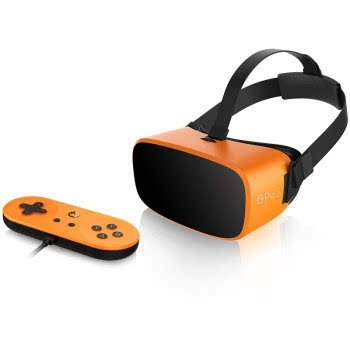
Pico Neo DK Edition VR One Machine Standard Edition Set (Orange helmet with handle)
Third, the image effect and delay control: from the "useful" to "useful" a big step ★ ★ ★ ☆
1, images ★ ★ ★ ☆
The image is the first step in immersion and is the focus of this evaluation. The angle of view parameter given by Neo is 102°, which is slightly larger than Gear VR. It is basically consistent with the PC head display of Oculus Rift and others. In actual use, this field of view angle changes slightly with vision adjustment, but it is not obvious. Basically, it can be sure about 100°. From the experience of a series of VR products, the viewing angle of 90-110° can provide a good sense of immersion. Neo is qualified on the field of view, standing in the first echelon. If you want to completely ignore the so-called "goggles" that look through the lens during use, nothing seems to be possible - the only thing that can be done is to use a smooth, clear, undistorted picture. , let you forget this feeling during use.
Previously, users who had experienced the Neo Engineering machine posted in the Pico forum and said that the screen pixels were very grainy. Today, they got the real machine and found that this feedback is true. Although Neo's optical modules have a nominal light transmittance of more than 98%, the visual effects are naturally transparent. However, due to the grainy sensation, Neo's image clarity is slightly inferior to that of the Big Three. This is actually quite strange, because Pico Neo and Oculus Rift, HTC Vive and PS VR are equipped with binocular 2K resolution screen as standard, why the first line of head--especially Vive--is more superior to the control of graininess. ?
There is a wave of popular science here, why now VR products are more or less grainy.
The first is the resolution. For Oculus, for example, the Oculus Rift uses two 1080x1200 screens, equivalent to 2K resolution for both eyes. For such a small screen size, especially for mass-produced AMOLED screens, this is already a top parameter (reviewing the refresh rate problem, you know how hard it is to get qualified VR screens now). However, this 1080x1200 pixel has not been fully utilized. After pre-distortion and lens enlargement, the number of pixels that can be used eventually is about 700x700. This resolution seems to be acceptable. However, according to the virtual imaging situation, it can be generally calculated that the Rift's lens enlarges the picture by about 6-8 times, and enlarges a low-resolution screen by nearly 10 times. Obviously, the pixel sense is not difficult to understand.
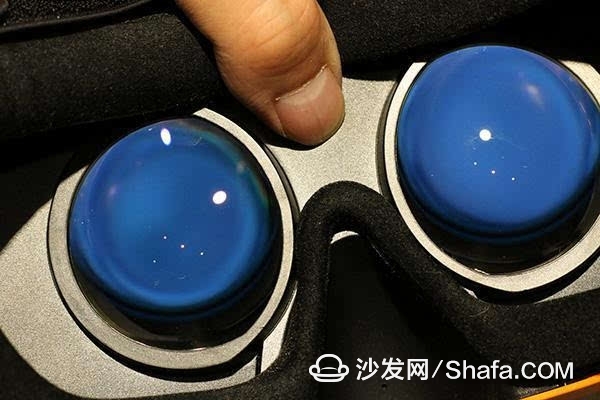
Followed by the screen process. Whether it is an LCD or an OLED screen, all three sub-pixel arrangements are used for RGB display. To achieve greater pixel density on a smaller area of ​​the screen, the only way to reduce the size of a single pixel is to use RGB. However, problems have emerged. Take the example of AMOLED screens that VR heads prefer to use. Whether they are RGB arrays or Pentile arrays, such a high-density sub-pixel arrangement inevitably brings mutual interference between sub-pixel emission, and thus in sub-pixels. Inserting a pixel grid between pixels becomes a standard process for producing small, high-resolution screens. This process is very good to enhance the sharpness of the screen image, but after the lens is enlarged, the presence of the pixel grid makes the spacing between the individual pixels and the sub-pixels more obvious, thus producing a noticeable graininess.

This explains why, with the same resolution, the graininess of the Neo image will be more serious than that of Vive and Oculus, and the screen technology has become a major constraint here. Of course, the problem of graininess is not a problem that cannot be solved in the short term. Vive is an example. The optical industry practitioners should know that Vive uses a set of Fresnel lenses with fewer threads. In such a close-range optical system, this kind of The design reduces the thickness of the lens, but at the expense of refraction curvature at the expense of imaging sharpness, and the sharpness drops slightly, the graininess becomes less noticeable due to the scourge of misfortune...
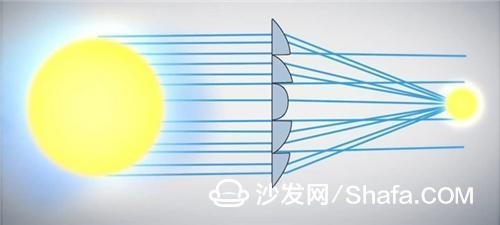
Of course, the most direct method is to wait for Neo to use monocular 2K-level screens together with other manufacturers. Increased resolution, grainy problems will be solved.
Come back to the evaluation. In addition to the problem of graininess on the screen, Neo's overall image quality and optical design are considered to be superior. Customization reduces the long-term use of high-energy blue light AMOLED screens and does not cause severe fatigue to the eyes, good vision adjustment accuracy and interpupillary distance Self-adaptation also makes the whole process very comfortable, which has saved some of my resentment on Neo's screen.
2, delay control ★ ★ ★ ★
Into the game, Neo's two high refresh rate AMOLED screen still showed a good quality. High refresh rate means lower delay time, AMOLED screen eliminates possible smearing problems on LCD screens, and Neo does achieve extremely low display delay and no smear, which is in several games that require high-speed motion. The performance in the show is particularly good.
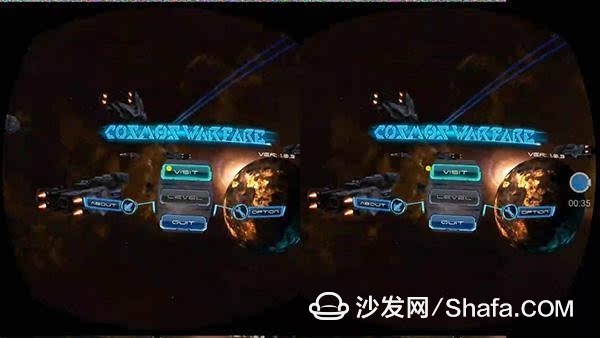
"Cosmos Warfare" is a universe-themed first-person game recommended by Neo on the system home page. It is similar to the "Gunjack" played on the Oculus. In a first-person shooter game, the scene moves fast, if the control is not Well, the vertigo caused by the screen smearing and display delays can be overkill. However, "Cosmos Warfare" is very ideal for delay control. The official announcement that the delay is less than 20ms is true. In large battle scenes, the effects of a large number of spaceships, shots, and explosive particles did not cause any fluency in the picture. The problem is completely absent and satisfactory.
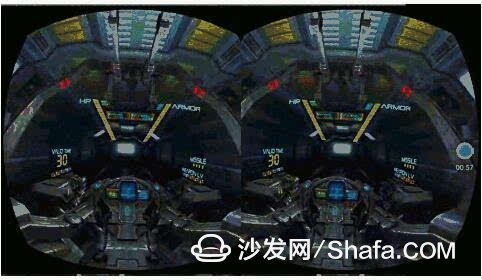
In terms of delay control, if desktop-class VR headsets such as Vive and Rift are based on platform performance advantages, they are in the first echelon; GearVR relies on external gyro and depth system optimization to become an absolute benchmark for mobile platforms, then Neo's delay control The situation can generally be between the two, smooth, stable, whether in use, or use the end to take off the helmet, there is no top-heavy dizziness or nausea nausea discomfort.
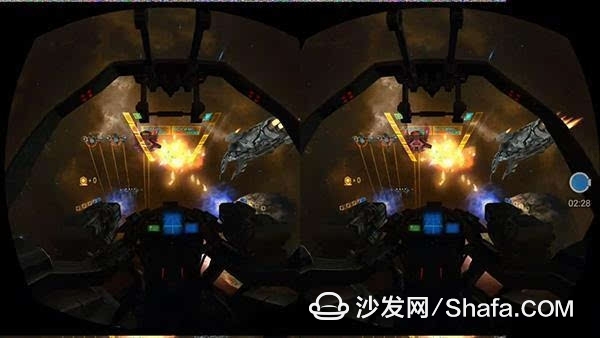
Slightly grainy, excellent picture delay control, and no smearing problem at all, Neo delivers a nice answer sheet in the image and display section, excellent field of view and delay control, to a large extent make up The problem of graininess in the picture also made mobile VR products "combine and use" from the mobile phone box and came to the "smooth and easy to use" of the VR integrated machine. This is probably the advantage of the all-in-one machine. For mobile VR products, this is A small flight over the experience. Given that the vast majority of audiences, including myself, have long been accustomed to the non-pixel sense of the retinal screen, Neo's first impression of “grainy feeling†may cause many people to make a very low impression, but the long experience Still excellent.
Fourth, sound and vibration: potential to be discovered ★ ★ ★
Pico claims that Neo is equipped with a multi-dimensional immersive system codenamed "Dive," which includes DiveSound 3D audio and DiveSense tactile feedback. How is the actual application effect?
Continue to choose "Cosmos Warfare" to test the legendary Dive system. Neo's helmet is equipped with a 3.5mm headphone jack underneath it, tested using Momentum 2 wireless and wired.
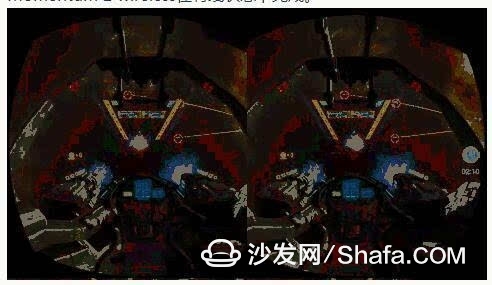
When the fighting began, I could clearly identify the sound of the explosion, the enemy's weapon firing sound, which direction it came from, and when passing through the wormhole, we could also distinguish the sound of the distant spacecraft engine. For the old players who play from the console game all the time, this kind of ambient sound that changes with the operation is not rare, but for the VR game running on the Android system, this should be a very meaningful The experience has improved.
However, 3D audio is not currently used in systems and games. During the evaluation process, I did not find any impressive application of the DiveSense vibrating feedback system. Judging from the effects of existing games, the Dive system clearly has a good potential. For VR games, the feedback of sound and vibration is even more important than the previous generation of PC games. It is a higher fidelity in the virtual world. The necessary steps (such as simulating the sound of gunfire in different directions, but also simulating the sensation of the vibration of the weapon when the gun is fired). However, Dive is still a solution that has just been proposed, and its influence is not enough to be the first choice for developers when producing content. In the future development, manufacturers need to use better demo content to increase the promotion of their own technology. Although the current application is still very limited, but the current game sound effects, and the potential of this technology, this link can still give fifty.
V. Content: The first game is the biggest bright spot ★★★☆
Having said that, Neo is a very bright VR hardware; and for content problems plaguing the VR industry and players, vendors are also very self-knowledge, "Developer Edition" seems to imply that this is a more attention to its development The product of the property, corresponding to this, Pico also expressed in a variety of activities, hope to use the developer version of one machine, for the subsequent consumer version to accumulate enough rich content. Therefore, in the early stages of the evaluation, I did not expect much from Neo's applications and resources. After all, Neo is able to expand the card, to go around to collect a little 3D movie or panoramic video copy, seems to have some playable.
However, under rough search, Pico's online resources still fully qualified as a consumer VR product. About 100 or so VR games are now available for download in the Pico online store, mainly from vendor adaptation migrations from other sources. In addition to the built-in iQIYI and Youku VR Channel App, the video content can also be used to directly access the HUAQI and PPTV video sources via “Online Videoâ€, including many panoramic and native 3D resources. The ability of vendors to combine industry resources is also evident here.
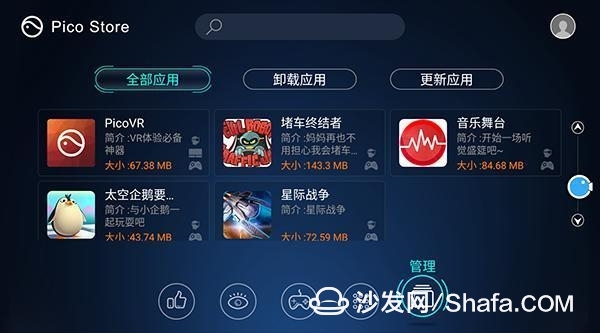
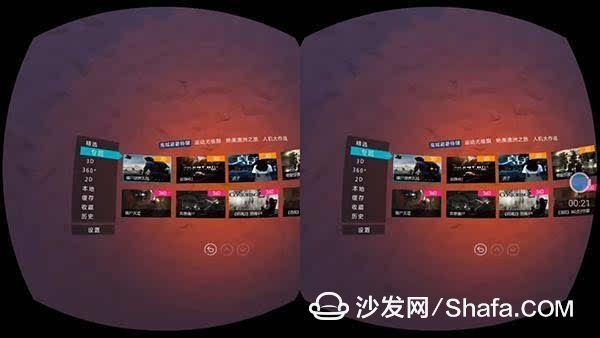
However, it is not these videos that essentially increase device playability, but Neo's four starter games. On a domestic VR device, seeing Wabble Home and Audio Arena appearing in the GearVR store is a pleasant surprise, and Evil Robot Traffic Jam is undoubtedly the most exquisite I have ever played on a mobile VR device. One of the most interesting games. Coupled with the previously mentioned "Cosmos Warfare", Neo's starting lineup includes first-person shooters, musical casuals, Christmas-style puzzles, and God's Perspective Tower Defense. These are four completely different forms of VR games.
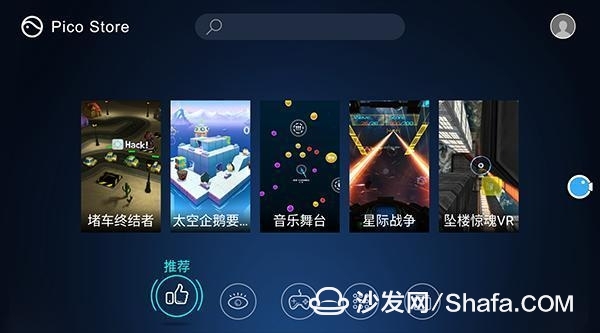
And by the way, Wabble Home once got the Editor's Choice Award for the GearVR store, and it recently launched SteamVR. Together with the "Terminator 2" - the game's PVE and PVP models - that were just unveiled on the E3, you can think of the long-awaited multiplayer battle on mobile VR devices. N more points. The four starting games are undoubtedly Neo's bonus points.
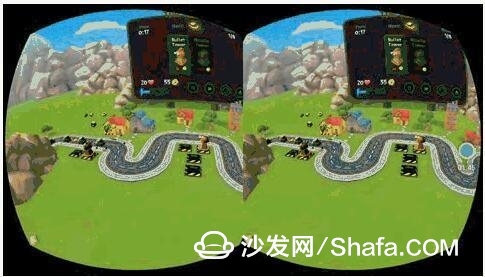
Take a moment to talk a little about Evil Robot Traffic Jam, a God-watched tower defense where players need to place different types of defense towers in the city to destroy a large number of cars built by a bad robot. traffic congestion. This setting is very unique, with a refreshing picture with a little Low Poly (yes, even the effect of destroying the vehicle has a kind of misplaced feeling). It should be the style that many sisters like.
Another egg: compatible PC mode
Another advantage of the split design is that the helmet can be separated from the handle computing unit and used by the PC alone. This was also mentioned at Pico's April conference. In the standard version of the product received this time, the manufacturer provided a PC extension cable, and the official website has also been able to download the PC assistant for connecting Neo to the PC.
The steps for connecting to a PC are as simple as connecting a computer via a patch cable and opening a PC assistant. The software automatically detects the status of the device. After the connection is successful, through the online store built in the software, you can browse the game and video resources provided by the Pico platform. Neo is also compatible with the open SteamVR platform, although it is unable to play 100% due to the lack of space positioning solution. To all games on the Steam platform, but better than nothing, all applications that do not need Vive handles, all seem to be very compatible. In the first game, "Cosmos Warfare" and "Terminator 2" also produced a PC version. The game contents are basically the same as those experienced before. However, the details of the screen are obviously better, and the fluency of the operation is also able to make you "wow" out. Without any sluggish smoothness, Neo is said to support Nvidia's VRworks when connected to a PC. It seems that the graphics card has performed the inertia calculation work here. Of course, Neo's high frequency sensor and high refresh rate screen should also help a lot. .
Neo's PC compatibility mode adds a whole new gameplay to the device. What's more, Neo's Lite version of the Neo helmet sells for about 1900 softcoins. Less than two thousand won a 2K-level PC VR headshot with an experience that is compatible with some SteamVR game content. Neo's helmet part may be pushed into an explosion. Maybe after all, VR games, or PC experience is better, more content.
On the other hand, vendors have to work harder on PC content.
Six, life, fever and other ★ ★ ★ ★
There are many advantages to the oversplit design mentioned above. One of the important benefits is the battery life. The weight of the Neo handle also implies that there must be a big battery inside. The nominal TV capacity of the technical parameters is 5000mAh, and the game is continuously played for about 1 hour and 40 minutes under full power. The power indicator on the body has dropped from four grids to one grid, and the online half has been observed. Captain 2, the system prompts the battery to be less than 10% and needs to be recharged as soon as possible. That is to say, in the case of continuous games + movie applications, Neo can insist on fighting for up and down for three and a half hours; if you just watch movies, it should be no problem to extend the use period to four hours.
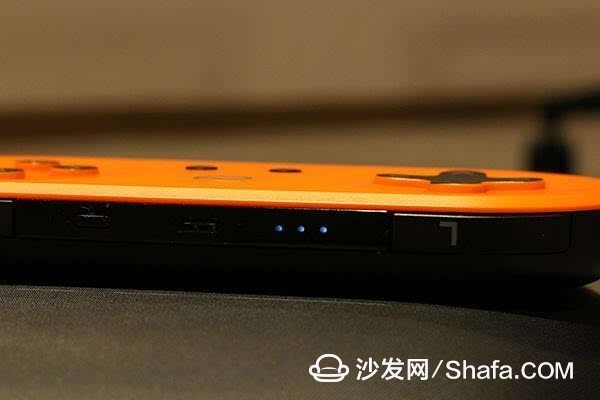
Neo's PUI is based on Android 6.0 customization. It is not yet clear whether there is any system-level power-saving optimization, but one button clears the background/history application and takes off the helmet screen and turns off automatically (p-sensor function). You can not press it for a while. The power button enters into deep sleep, and the long-term standby automatically enters hibernation. These basic power-saving strategies are also readily available. The official claims that the standby time can be up to 10 days because the machine has not been used for a long time and has not been fully tested. However, after a day of sleep, the remaining power is still acceptable.
Neo equipped with a Snapdragon 820, body heat is inevitable when continuous heavy game, but fortunately the highest heat of the processor is put into the handle, which at least ensures that the helmet will not be in the game Extremely hot, affecting the wear; as the temperature of the handle, summer 26 ° air-conditioned room can be guaranteed in one and a half hours from room temperature into hand warmers (in the winter is definitely a bonus item!), the temperature is probably and last year's 810 mobile phone It's comparable, but it's not even higher. The two rows of cooling holes at the bottom of the handle should ensure that Neo can have better heat control than the phone.
Neo is said to support Qualcomm's QC2.0 fast charge, and the package also comes with a high-current fast charge plug. The actual measurement and mobile phone charging speed is similar. The 5000mAh battery takes about 40 minutes from zero to 50%. Fully full.
Summary, before the VR tsunami wave
About three days before and after this evaluation, it is not an exaggeration to say that after receiving the test machine from the manufacturer, my happiness index has been quite high. Pico Neo Developer Edition is a very sincere product. I am not a VR application developer and I cannot accurately assess how much this device will contribute to content development. What will be of significance to content developers, but even from an ordinary player and enthusiast point of view, Neo's beautiful, comfortable, low-latency, quality-in-the-gone, content highlights, plus PC compatibility and 2D Android app compatibility, it's playability beyond my initial expectations (and probably beyond Manufacturers own product positioning?). So I said that Pico Neo DK is "full of sincerity."

After "sincerity", I want to add another comment I mentioned at the beginning, "ambitious" - If analogy to today's mobile phone manufacturers, Pico is a bit like Motorola, first 80 minutes of product, and then Based on solid software and hardware, with its unique design, innovative features, and exclusive excellent content, Pico's ambitions in hardware and software have made Neo an imaginative device. Have more brains. This style of product is really uncommon among Chinese technology vendors. Pico wanted to rely on this neon-won Neo to mark his own uniqueness in the early stages of consumer VR. This is very bold and very bold as everyone is still cautiously following the trend of making mobile phone boxes. Irrespective of ambition.
From industrial design, interaction methods, basic parameters, to product form, and experience, the Pico Neo Developer Edition is encouraging - it's not because of how groundbreaking this product is, but the entrepreneurship it conveys. The company's unique product thinking. Pico Neo is like the tide before the arrival of a large wave of VR tsunami. The bold attempt of this product in many fields is not all that successful, but its appearance marks that the consumer-grade virtual reality has passed that aggressive enlightenment. The stage, while heralding the domestic industry benchmark products, seems to be coming soon.
